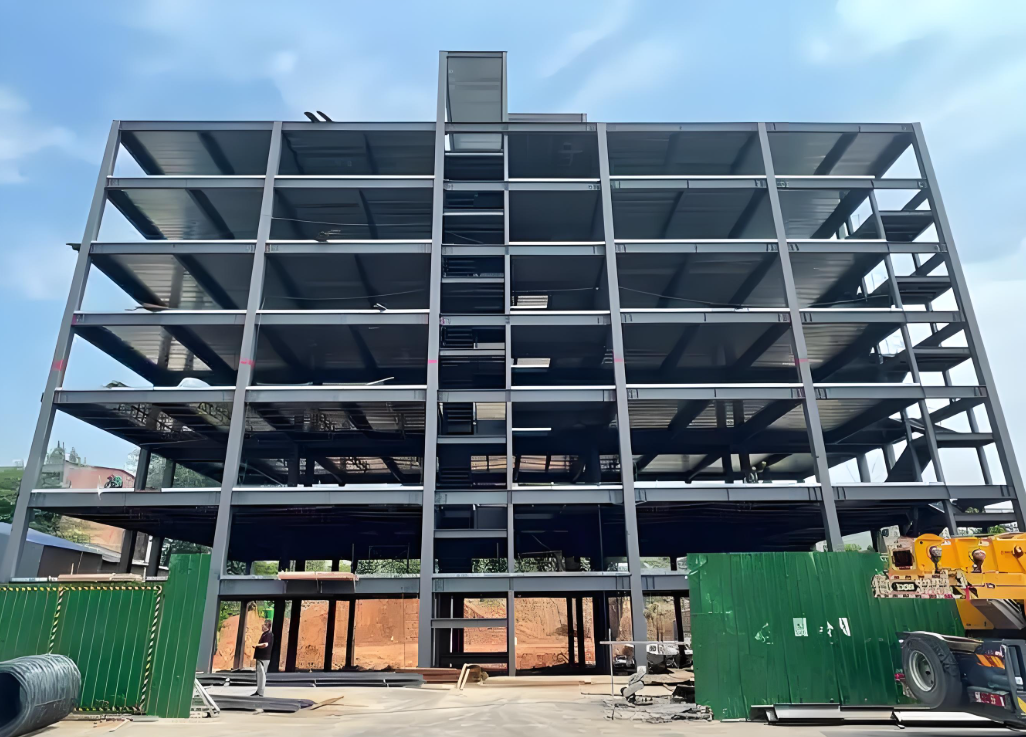Key Design Points for High-Rise Steel Structure Buildings

To ensure the safety of high-rise steel structure buildings, the following key points must be considered:
Key Ratios: Six critical ratios should be noted in the design of high-rise steel structures:
Axial Compression Ratio: Primarily controls structural ductility.
Shear-Weight Ratio: Primarily controls the minimum seismic shear force at each floor level to ensure structural safety.
Stiffness Ratio: Primarily controls vertical regularity to avoid abrupt vertical stiffness changes and the formation of weak stories.
Displacement Ratio: Primarily controls plan regularity to prevent torsion and its adverse effects on the structure.
Period Ratio: Primarily controls torsional effects to minimize their adverse impact on the structure.
Stiffness-to-Weight Ratio: Primarily controls structural stability to prevent sliding and overturning.
Loads:
Horizontal loads, primarily consisting of wind loads and seismic loads, are the main controlling factors in structural design. Structural internal forces and displacements are generally calculated using elastic methods. For structures requiring seismic fortification, in addition to elastic stage calculations under seismic action, verification for potential entry into the elasto-plastic stage should also be performed. For wind vibration analysis, when the main structure has small protruding elements at the top, the whipping effect must be considered. Particular attention and analysis should be given to structures with mast-like elements at the top.Calculation Models:
The calculation model for high-rise steel structures is determined by the specific structural form and calculation requirements. Generally, a spatial cooperative calculation model of planar lateral force-resisting structures can be used. When the structure is regularly arranged with uniform mass and stiffness distribution along the height, a planar structural calculation model may be used. When the structure is irregular in plan or elevation and cannot be divided into planar lateral force-resisting units, a spatial structural calculation model should be adopted.Foundation Design:
The foundation design for high-rise steel structures should comprehensively consider the geological conditions of the building site and the type of superstructure to ensure the building does not experience excessive settlement or tilting, meeting normal serviceability requirements. Attention should also be paid to the interaction with adjacent buildings, particularly the influence of surrounding high-rise structures. A raft foundation is generally preferred, and a box foundation may be used when necessary. Where ground conditions are good, loads are relatively small, and both bearing capacity and settlement requirements can be met, a cross-beam foundation or other foundation types may be considered. When the bearing capacity or deformation of the foundation soil cannot meet design requirements, pile foundations or composite foundations should be used.



